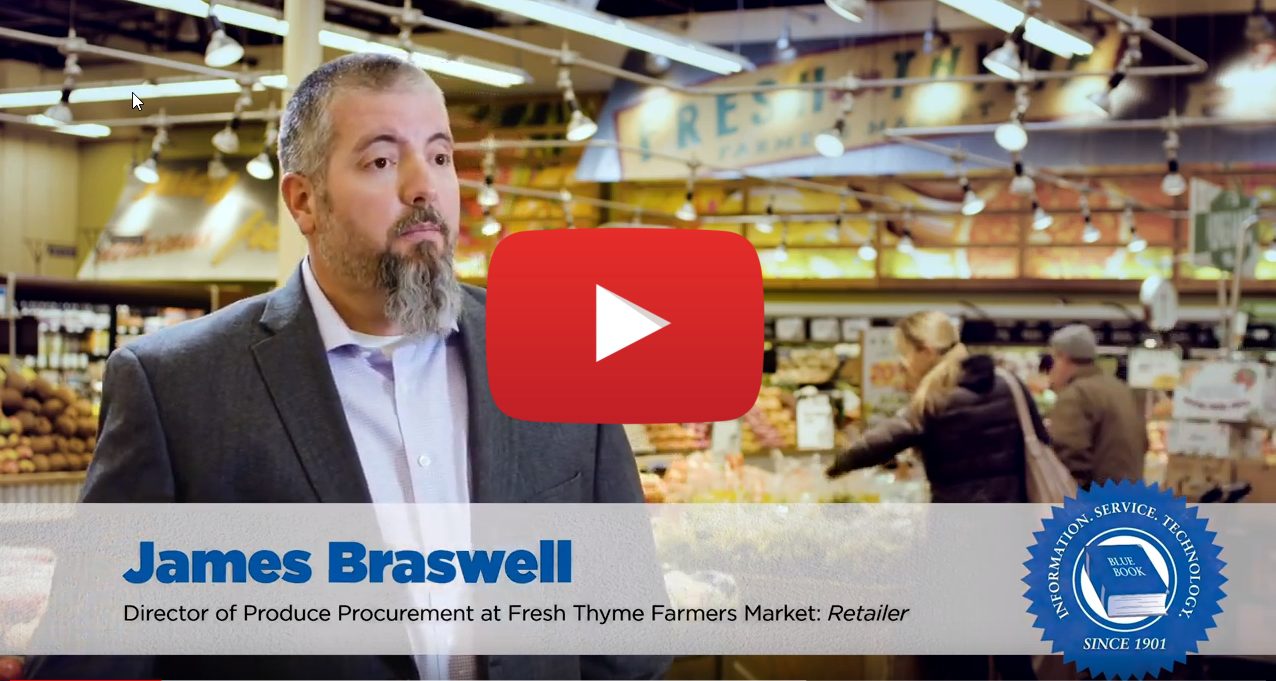In North and South Carolina world-class grower-shippers, innovative retailers, and a booming population provide exciting possibilities for fruit and vegetable cultivation in these states. From the Coastal Plains to the Appalachian Mountains, fresh produce in the Carolinas provides a ready mix for competitive players, including a surging hospitality industry fueling growth in foodservice. Check out the ingredients for this recipe of success, complete with evolving markets and plenty of consumer demand.
It Starts in the Field
Stellar produce begins with stellar soil and when combined with the moderate climate of the Carolinas, growers have a head start on producing high-quality, high-demand fruits and vegetables. For its part, North Carolina is the top sweet potato producer in the country, while South Carolina is second nationally in peach acreage and a significant producer of watermelon and cantaloupe. Berries have also hit the bigtime in North Carolina, which is third in fresh market strawberries and sixth in blueberries.
Both states are also top-ten fresh tomato shippers, and North Carolina ranks in the top ten for fresh cucumbers and bell peppers. Greens, that Southern staple, are also always available to meet demand, local and otherwise.
“We grow greens year-round in South Carolina,” confirms Jeff Taylor, vice president and treasurer for Taylor Boys Produce in Enoree, SC. His lineup includes a number of greens from mustard, collard, and turnip to pretty much any kind of greens. This includes herbs like cilantro and parsley, which are now major movers at the market.
According to Doug Sutton, market manager at the Western North Carolina Farmers Market in Asheville, production from North and South Carolina complement each other. “We’re not that far from the peach growing area of South Carolina; some of our North Carolina growers lease land there,” he says.
Harvests begin with the sweet before transitioning to savory. “Strawberries from South Carolina start coming in April, then North Carolina strawberries,” Sutton says. Next comes South Carolina watermelon, which can start in late May and peak in June, depending on weather. “The local produce season really picks up in June and July with tomatoes, cucumbers, squash, and peppers,” he notes.
Wholesale & Retail Mix
Both North and South Carolina have invested in markets, with each having a mix of state-owned produce terminals and regional farmers markets. North Carolina’s state farmers markets in Asheville, Raleigh, Charlotte, and Colfax all mix wholesale with retail. Four wholesalers operate out of the Asheville market, and five wholesalers occupy the state-owned Raleigh market. There is one wholesale tenant at each of the retail-focused Charlotte and Colfax markets.



